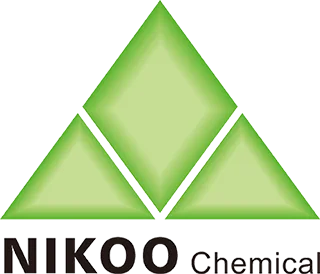What's the difference between glycolic acid and salicylic acid?
The differences between glycolic acid and salicylic acid lie in their properties, effects, and irritation. You should choose the right product based on your skin condition and under the guidance of a doctor.
1. Properties: Glycolic acid is water-soluble, while salicylic acid is fat-soluble, resulting in different solubility properties.
2. Effects: Glycolic acid reduces wrinkles and helps eliminate fine lines around the eyes and face. Salicylic acid can eliminate acne and acne scars, minimize pores, and control oil secretion.
3. Irritation: Because the alpha-hydroxy acid molecules in salicylic acid are relatively large, they are less irritating to the skin. Glycolic acid's alpha-hydroxy acid molecules are smaller, resulting in greater irritation. Therefore, salicylic acid is more suitable for those with sensitive skin.
The main differences between glycolic acid and salicylic acid lie in their chemical properties, mechanism of action, and applicable skin types. Glycolic acid is suitable for dry and photoaged skin, while salicylic acid is more suitable for oily and acne-prone skin.
Glycolic acid is the smallest alpha-hydroxy acid. Its water-soluble nature allows it to quickly penetrate the stratum corneum, disrupting the junctions between keratinocytes to promote exfoliation while stimulating collagen regeneration in the dermis. This property makes it effective in improving rough skin, fine lines, and hyperpigmentation, but it may cause temporary stinging or flaking, so those with sensitive skin should use it with caution. Salicylic acid, a beta-hydroxy acid, is fat-soluble and anti-inflammatory. It penetrates deep into pores to dissolve oil and unclog clogged areas, providing targeted effects on blackheads, closed comedones, and inflammatory acne. Its antibacterial properties can also inhibit the growth of Propionibacterium acnes. Both acids promote keratin metabolism, but salicylic acid is less effective than glycolic acid in anti-aging because it doesn't effectively stimulate collagen production.
Glycolic acid is often added to rejuvenating masks or anti-aging serums. Concentrations above 10% require professional use. Salicylic acid is more commonly found in acne cleansers and topical acne treatments, with concentrations typically between 0.5% and 2% in skincare products. Salicylic acid is photostable and can be used during the day, while glycolic acid increases the risk of photosensitivity and requires strict sun protection. In special cases, combined acid formulations, such as dual-acid serums designed for combination skin, contain both ingredients for synergistic benefits.
In daily skincare, it is recommended to start with a low concentration to build tolerance. Avoid using physical exfoliants or retinol products while using acidic products. If persistent erythema or burning occurs, discontinue use immediately and apply a cold compress. A moisturizer containing ceramides can be used during the recovery period. Both ingredients are not recommended for use on skin with impaired barrier function, such as eczema and rosacea. Pregnant women should not use salicylic acid at concentrations exceeding 2%.

Phone: +86 20 36028881
Fax: +86 20 36550567
Email:rebecca@nikoochem.com
WhatsApp: +86 13822397763
Add: No 1718, Airport Rd., Yuncheng St., Baiyun Dist., Guangzhou City, Guangdong, China 510000
